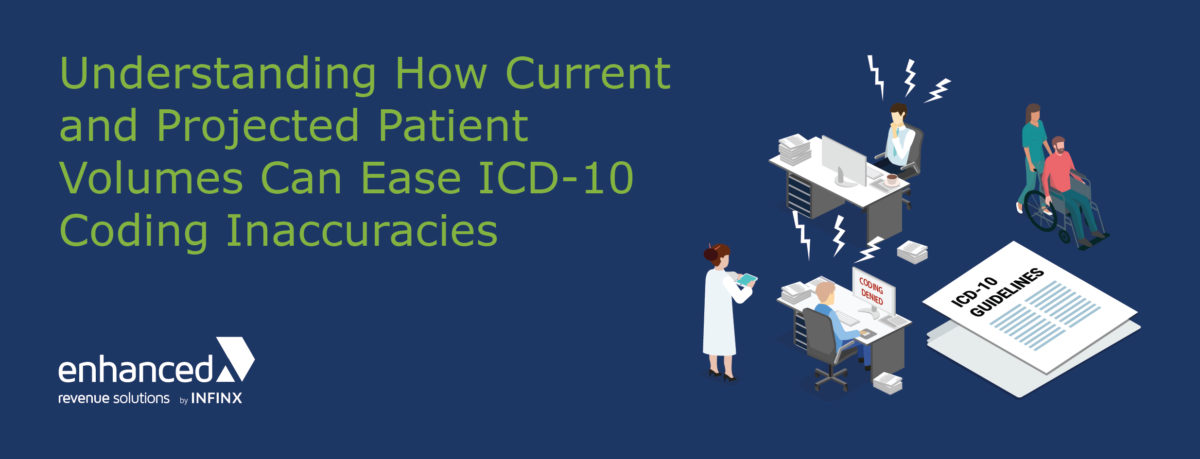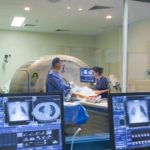Whether you are in a large hospital-based practice or a smaller independent office, you have probably encountered an influx of patients that tax the system and overwhelm the providers and staff.
Maybe it’s flu season, or perhaps it’s near the end of the year and you expect people to take advantage of annual deductible limits and co-insurance maximums. Whatever the reason, these surges in patient visits can be anticipated and will bring with them increased workloads throughout the entire patient encounter and subsequent healthcare payment lifecycle. This is powerful information to have in advance and can preemptively create opportunities to plan for proactively managing everyone’s expectations.
Increased Visits and ICD-10 Coding Inaccuracies
One of the most significant areas impacted by the increase in patient visits is Revenue Cycle Management (RCM) and, specifically, ICD-10 coding. Each step of the process may suffer from the increased number of encounters and the pressure to quickly complete each task.
With this knowledge in hand, you can be proactive and meet the predictable head on. Let’s look at how each step of the visit and coding process can be addressed in a way that positively impacts the whole.
- Pre-Surge Preparation — Now is the time to call together your entire team and review each position’s responsibilities, the coding function, and any new updates or changes that should be anticipated. Being prepared goes a long way in reducing errors when things heat up.
- Patient Visit — During the visit, all procedures performed, tests ordered, and billable supplies used need to be recorded accurately and double checked to ensure nothing is missed.
- Provider Coding Guidelines — Have adequate time pre-scheduled between patients so that the physician or APP can ensure they have met coding criteria and have filled out all forms appropriately.
- Medical Chart Completion — Institute an end-of-day goal for all providers to have their Super Bill completed, the medical charting done, and the documentation ready for the billing office.
- Coding — With the influx of patients comes increased workflow that also moves through the coding and RCM process. It is worth a little extra time spent on the coding and review process if it might ease a backlog of denials and rejections down the road.
- Follow Up on Denials — Against all best efforts, there may be an upsurge in denials and follow-up work. If the documentation and coding were done properly, this process can be much smoother, more efficient, and reimbursement can be captured quickly.
Patient flow has been an area that has focused on the mechanics of how a practice or clinic operates, i.e., where are the bottlenecks, not crossing paths, etc. Think of the RCM process, and, ICD-10 coding inaccuracies from that same perspective and you will find opportunities to positively impact reimbursement during times of increased business.
Contact ERS today to schedule a report card review.










Comments are closed